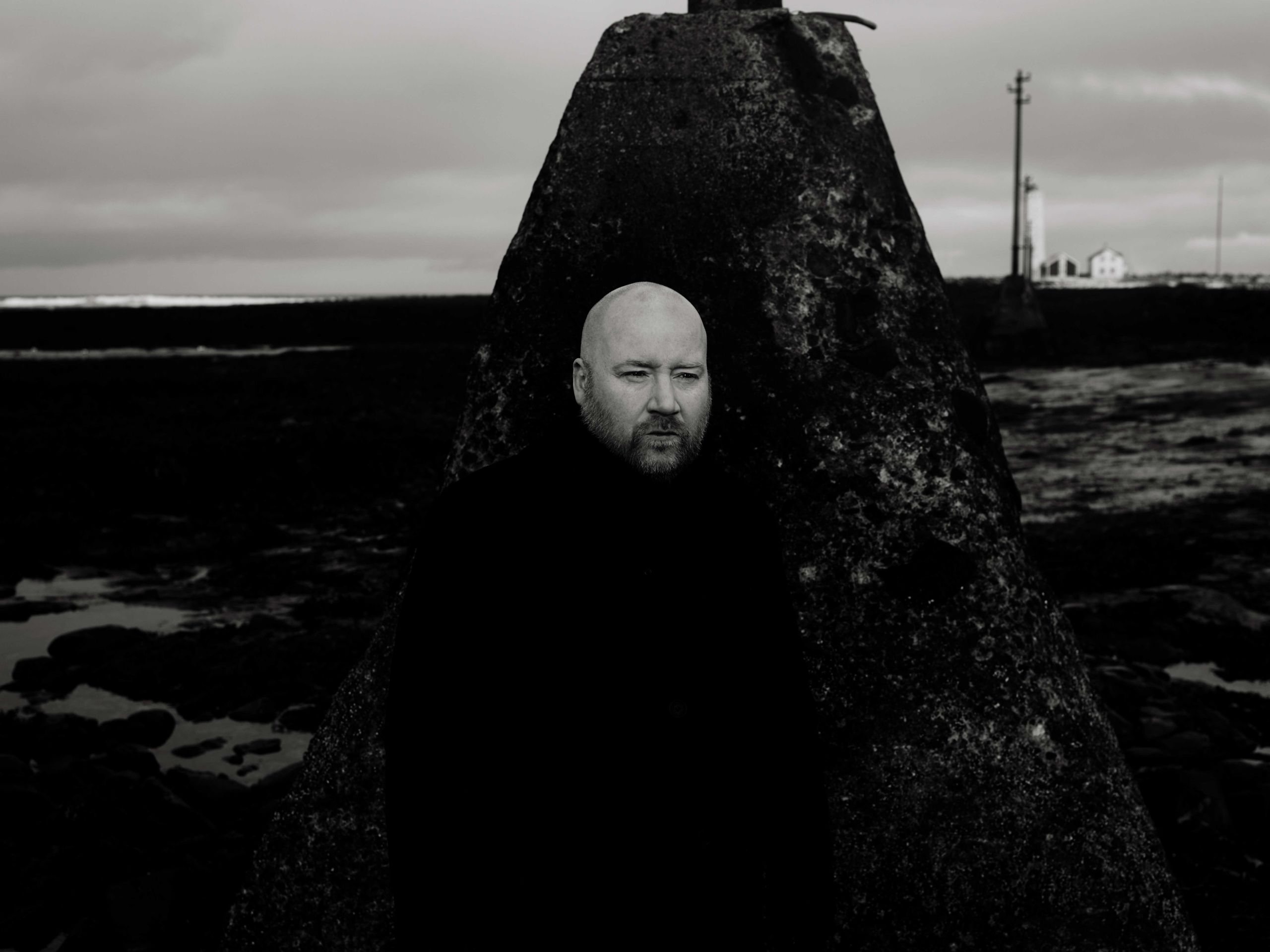Remembering Jóhann Jóhannsson
Arwa Haider looks back on the late composer’s life and work, exploring the legacy of an incredible talent.
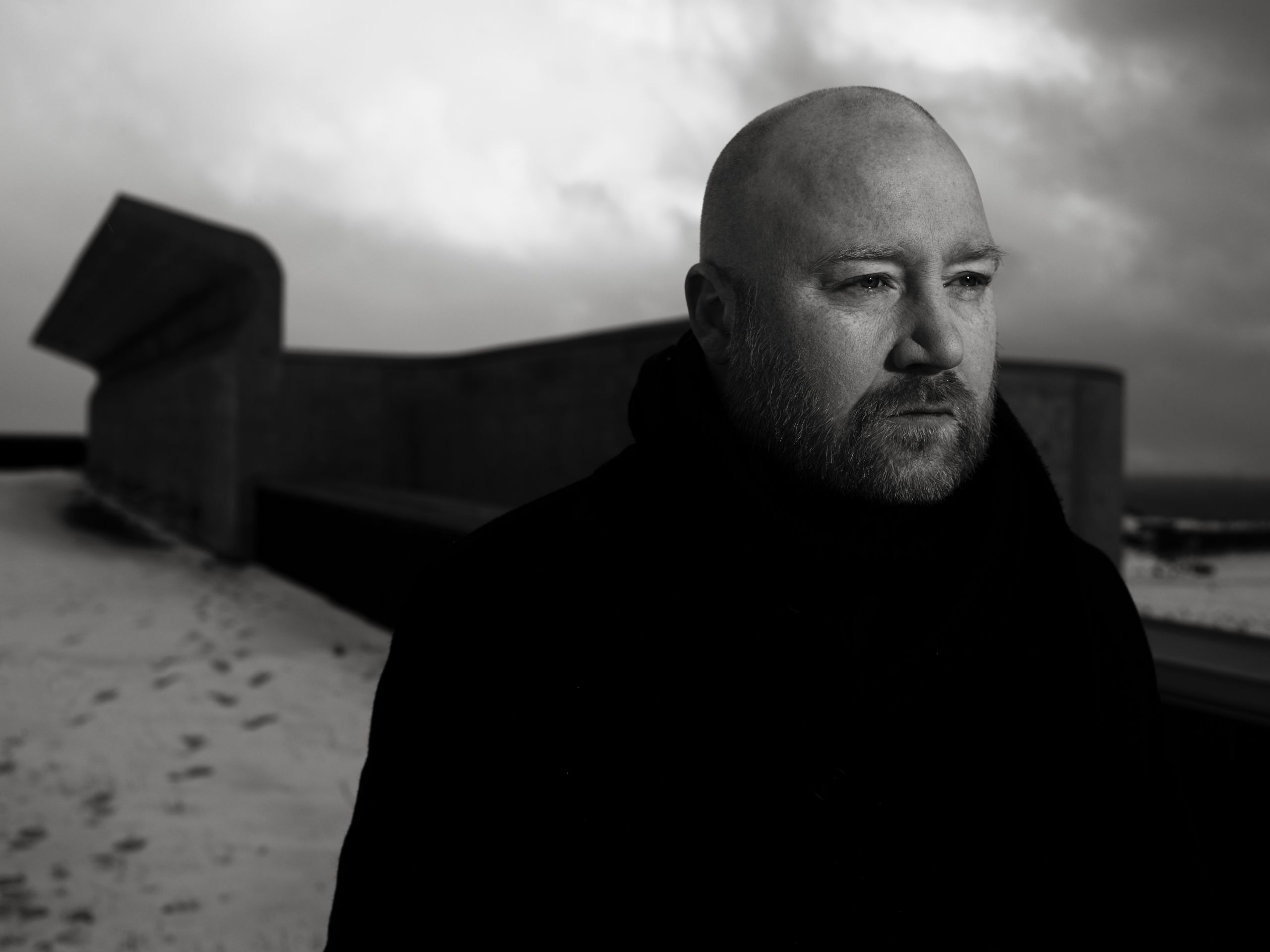
There is a particular quality that pulses throughout the expansive catalogue of Icelandic composer/musician Jóhann Jóhannsson: a kind of tender intensity, an extraordinary depth of mood. The range of his expressions has proved incredibly vast; Jóhannsson’s music made vital impact across contemporary classical, electronic, and film soundtrack realms (notably 2014’s Oscar-nominated The Theory Of Everything and 2016’s Arrival), but he also naturally embraced alt-rock, experimental indie, even trippy 21st century pop. The emotive charge of his material now feels heightened by a startling real sense of loss; Jóhannsson tragically died in February this year, at the age of just 48.
Jóhannsson has been celebrated as part of a modern generation of composers such as Max Richter, Nils Frahm and Hauschka, whose work transgresses the concert hall, the cinema screen, and the after-hours venue. He proved a much-loved, intrepid collaborator, as well as a stand-alone innovator. He was cited as an influence by artists as disparate as LA tech/hip hop maverick Flying Lotus and Icelandic multi-instrumentalist/producer Ólafur Arnalds; he invited remixes by icons like Ryuichi Sakamoto, and he created music for international ensembles including New York experimental collective Bang On A Can, the Icelandic National Theatre, and the Winnipeg Symphony Orchestra to name a few.
Throughout his career, Jóhannsson built a rep for immersive live projects as well as beautifully crafted recordings; he released work across an array of indie and classical labels, from 4AD to Deutsche Grammophon, and his own NTOV label focused on vinyl releases. His creative approach was avant-garde but never felt elitist; he also rejected ‘reductive’ labels when it came to mainstream Hollywood titles.
‘Music should resonate with people on an emotional level'
Jóhann Jóhannsson
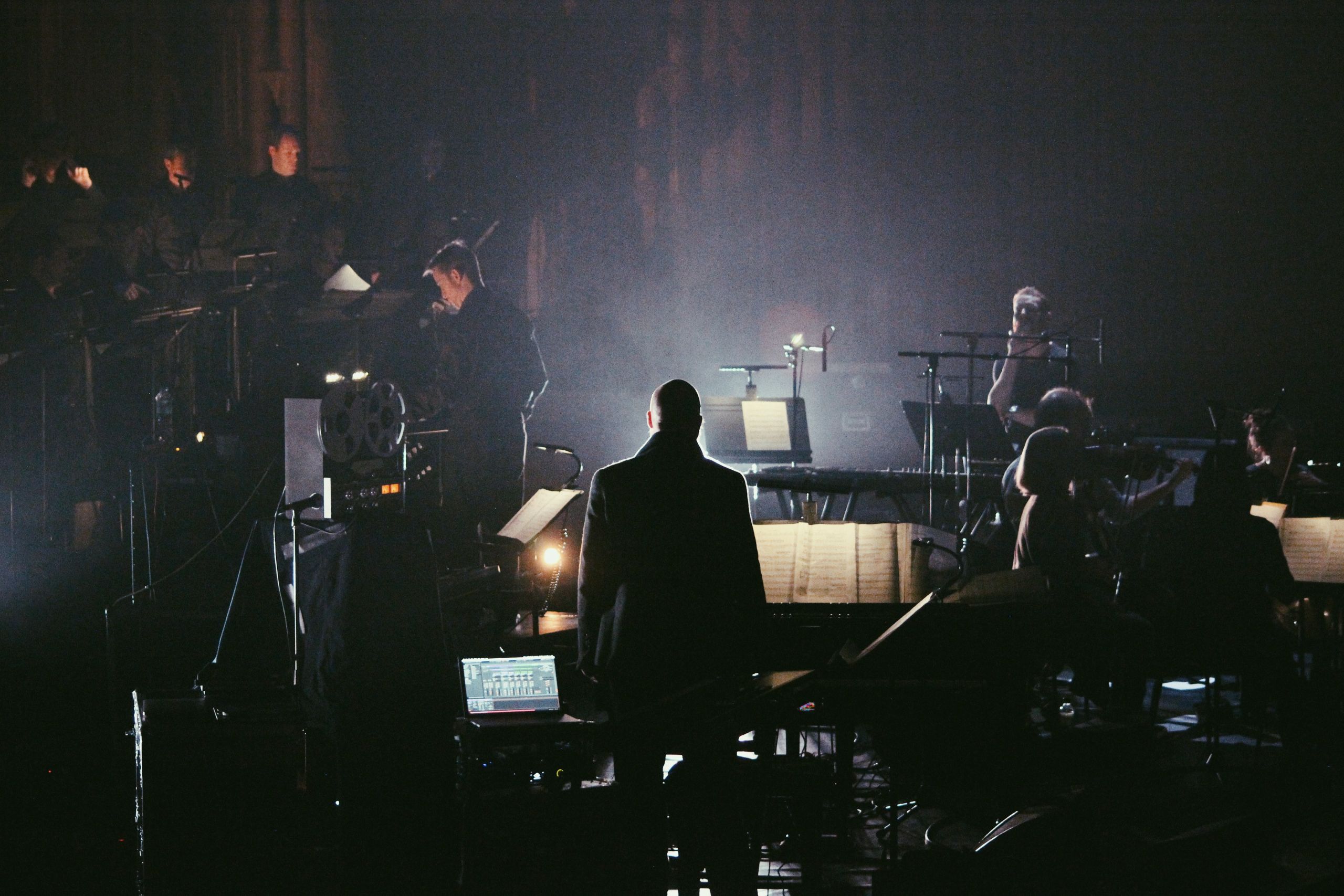
On 1 December this year, Jóhannsson was scheduled to return to the Barbican Centre to perform his multimedia work, Last And First Men with the London Symphony Orchestra; the date was announced just a month before the shock of his death. After consideration and consultation with his estate, the decision was made to go ahead with the concert, in tribute to his life and work. The keyboard parts that he would have played live will be replaced by his own studio recordings. Last And First Men takes its title and theme from British sci-fi writer Olaf Stapledon’s 1930 novel. When we listen to Jóhannsson’s catalogue, we hear how he connected ‘everyday’ environments and otherworldly sounds – and how he sensed possibilities within silence, too.
Early life
Forging a new sound

Jóhann Gunnar Jóhannsson was born in Reykjavik on 19 September, 1969, to Edda Thorkelsdottir and Johann Gunnarsson. His parents’s and sisters’s record collections formed a backdrop to his youth, spanning classical music to ‘70s experimental rock and beyond; his father, a computer programmer, also played percussion in a brass band.
Jóhannsson spent part of his childhood in France, where he also perfected his English language, studying at an American middle school; at 12, his family returned to Reykjavik. He learned to play trombone and piano around this time, though he would shift away from formal music schooling, and studied literature and languages at the University of Iceland; his later musical compositions would also be heavily laced with literary influences, across genres and movements.
While Jóhannsson was essentially self-taught musically, he would apply his own structures and disciplines to his compositions, partly inspired by the ‘constrained writing’ techniques of the ‘60s/’70s Oulipo literary group, including one of his favourite authors, Georges Perec. At the same time, he remained open to musical epiphanies, such as when he discovered Brian Eno’s ‘70s label Obscure Records, which sparked his interest in merging classical, digital and minimal elements:
‘I set the guitar aside and started writing music for strings, woodwinds and chamber ensembles, combining acoustic and electronic sounds,’ recalled Jóhannsson, in a 2016 interview on his own website.
‘My ideal is music where the electronic and the acoustic sounds blend seamlessly’
Jóhannsson would often be asked about how Iceland itself inspired his music; he’d tend to respond that he was more influenced by ideas than places – he was actually based in Berlin when he died – still, he reflected in a 2017 interview (with website Mandatory):
‘I will say that Reykjavík’s geography is very different from say New York, Paris, or Copenhagen. There’s big skies. The buildings are low. The landscape is spread out. Even if you’re in the city there’s a view of the mountains. It’s expansive, yet there’s a really strong sense of community within the musical circle.’
It would be within this close-knit, relatively youthful, creatively freeform and febrile circle that Jóhannsson’s original sounds would be shaped.
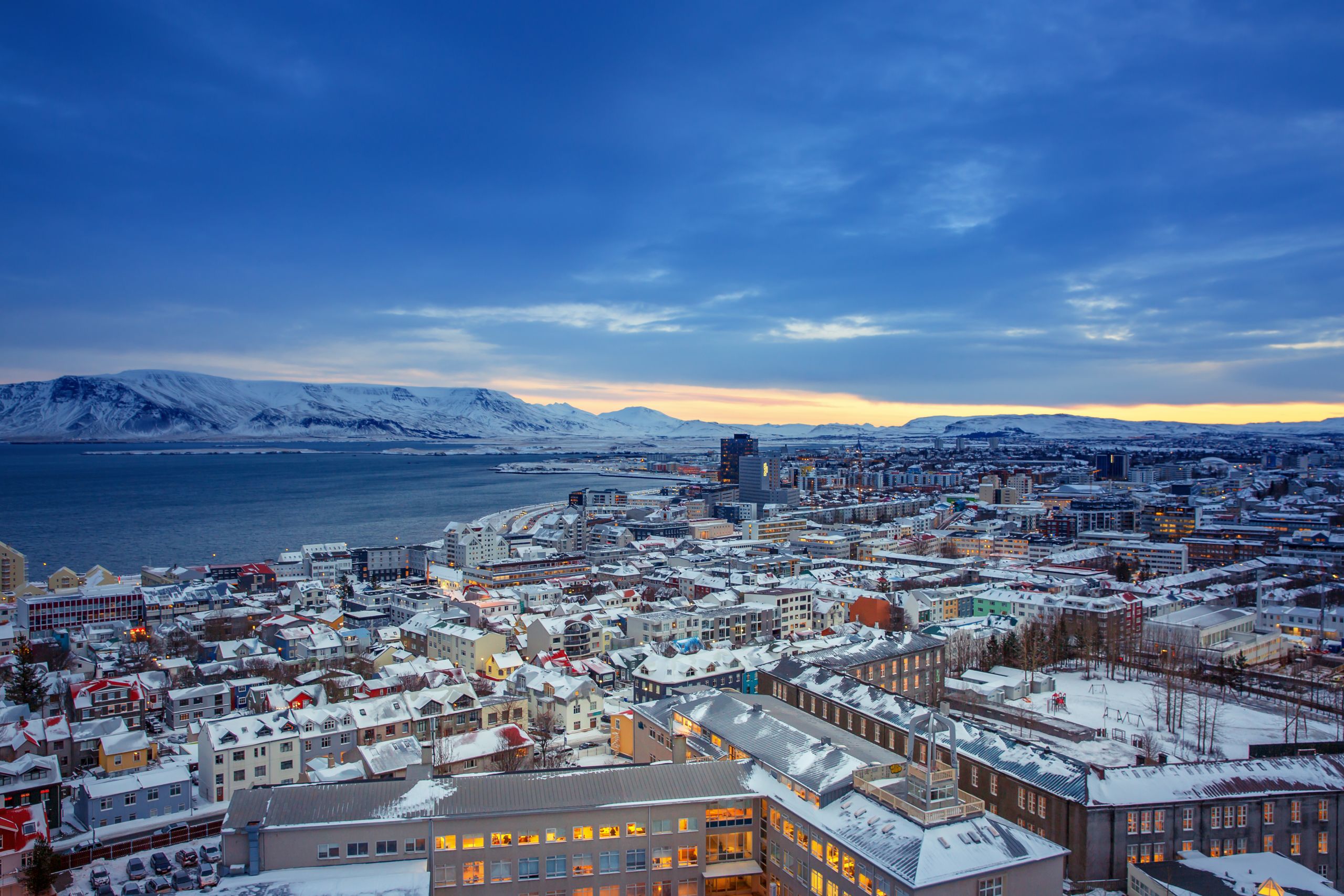
Breakthrough bands

By the late ‘80s, Jóhannsson was becoming a significant player in Reykjavik’s music scene. He formed the drone-drenched, psych-flavoured Daisy Hill Puppy Farm as a teen; this ‘proto-shoegaze’ group earned praise from indie music dons including John Peel (who played them on his seminal radio show) and Steve Albini (who apparently penned them a ‘fan letter’ – Jóhannsson was never showy enough to reveal more about this).
Jóhannsson went on to play guitar and keyboards in HAM – an alt-rock outfit whose heavy grooves were metal-fuelled (and whose 1989 album Buffalo Virgin also included a cover of ABBA’s 'Voulez Vous'); he would later credit HAM for helping him to create epic atmospheres onstage.
By 1999, Jóhannsson’s projects were even trickier to categorise; he co-founded Kitchen Motors: a label and creative ‘think tank’ which curated events and created multi-media projects, alongside jazz/improv player Hilmar Jenssen, and electronic musician/visual artist grad Kira Kira. Kitchen Motors’s diverse collaborations brought together members of Múm, Sigur Rós, Mancunian musician Barry Adamson and many more; it also gave rise to Jóhannsson’s Apparat Organ Quartet, who were partly a nod to Steve Reich’s 1970 minimalistic work 'Four Organs', and whose music was also released through Reykjavik hotbed label 12 Tónar.
The breadth of Jóhannsson’s musical interests and abilities, and the fluidity of his surrounding scenes, are brilliantly apparent throughout this period. He would play in further acclaimed alt-rock outfits including Olympia and Unun, the kosmische-driven Evil Madness, as well as co-founding the coolly melodic synthpop trio Lhooq (whose 1998 self-titled album won crossover acclaim); the latter band also led to a co-production credit on British artist Marc Almond’s 2001 album Stranger Things.
‘I’ve always been interested in this aspect of making music, of creating sound by layering,’ Jóhannsson explained to RBMA Daily in 2017. ‘By creating these sorts of sculptures… whether it’s made of guitar fuzz and layers of distortion and amplified noise or whether it’s layers of orchestra and choir and digital manipulation or God knows what else.’

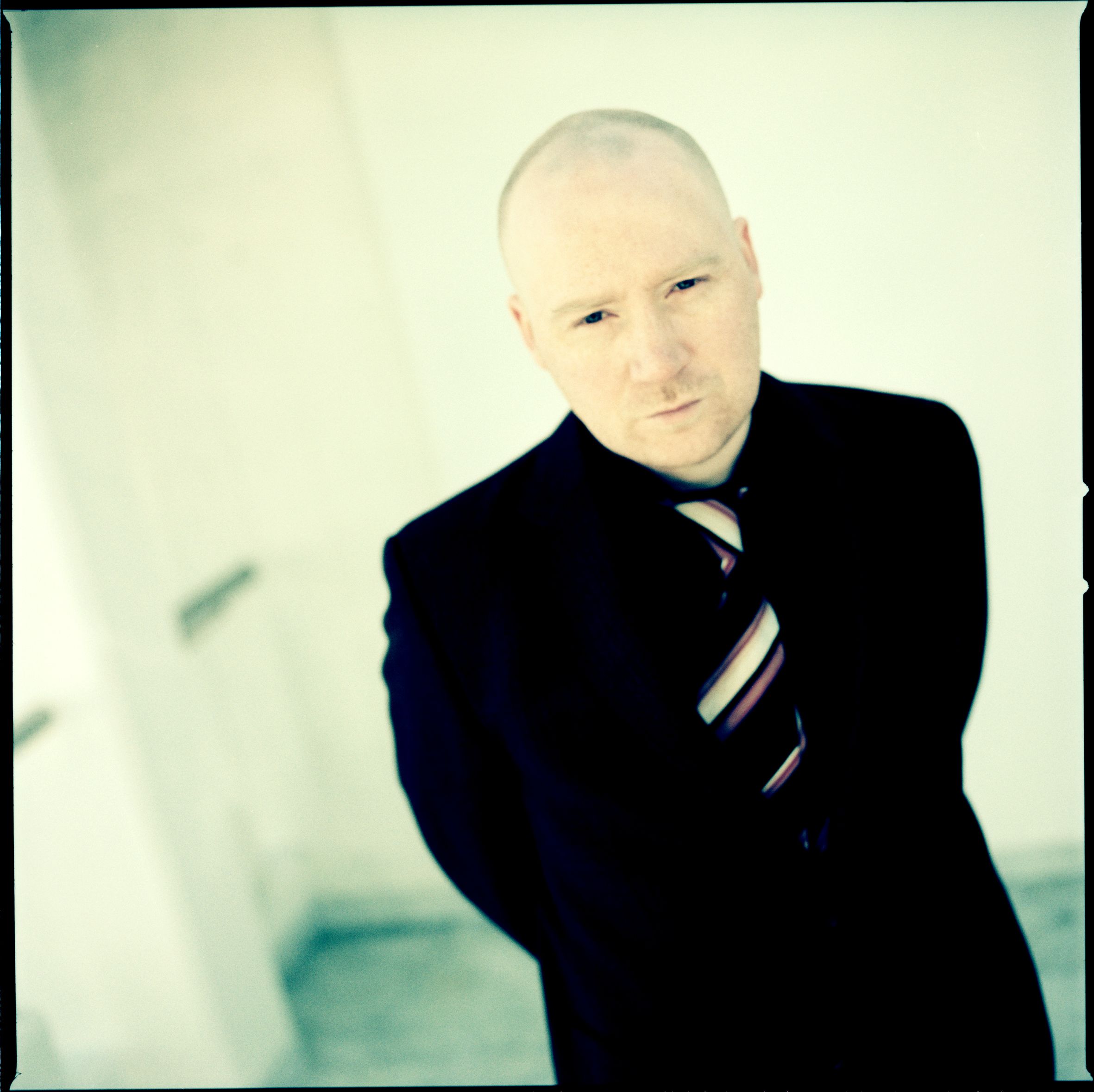
New worlds, solo and collaborative works

In 2002, Jóhannsson released his first solo album, Englabörn, stemming from his music for Havar Sigurjónsson’s Icelandic theatre piece of the same title (meaning ‘angels’), which he described in a 2017 Vice interview as ‘a dark, very disturbing play about domestic violence.’
He explained: ‘It was dealing with very ugly things—the worst in the nature of man. My reaction to it was to try to write the most beautiful music that I could… This music was kind of a Eureka! moment for me. Everything I'd been doing up until then seemed like it had led to that album and to that music.’
Englabörn is an extraordinary work of beauty and disquiet in intense shots, from its opening track ‘Odi et Amo’, with Latin poet Catullus’s text sung by a synthesized voice (reminiscent of Wendy Carlos’s analogue electronics) over mournfully elegant strings: ‘I hate and I love’.
Virðulegu Forsetar (Honourable Presidents, 2004) would derive from a 1997 composition (and a much-acclaimed live performance at Reykjavik’s Hallgrimskirkja church), with Jóhannsson combining brass, organ, electronics and percussion to repeat the same leitmotif throughout an hour-long mesmerizing piece in four parts. The effect might feel ambient, though Jóhannsson wrote of the work: ‘For me it’s much more about chaos and tension rather than harmony. I go through many different emotions listening to the piece, veering from intense joy to acute sadness.’
My background isn’t really in music, so I lean naturally towards a more conceptual, narrative-driven way of writing
Jóhannsson,The Reykjavik Grapevine, 2016
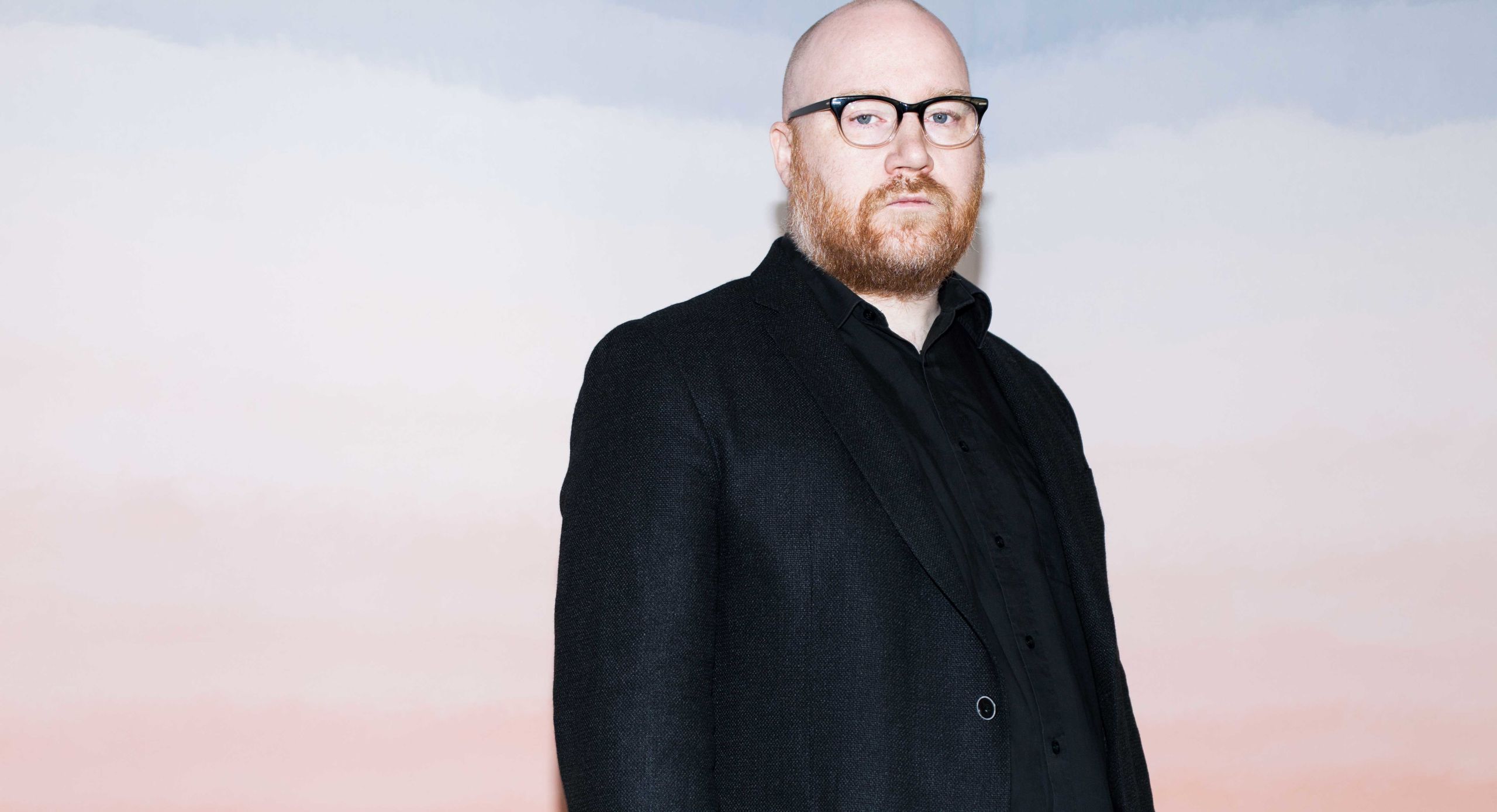
Throughout Jóhannsson’s studio repertoire, there is a powerful sense of empathy, and a vivid expressiveness; his move towards movie soundtracks would feel like a natural progression. For IBM 1401, A User’s Manual (2006), he took inspiration from his computer programmer father, who had recorded playful sound experiments when the IBM model he’d worked with was ‘retired’ in 1971; he developed a performance piece with dancer/choreographer Erna Ómarsdóttir then rewrote the elegiac score for a 60-piece orchestra on this album version.
Fordlandia (2008) conjured an orchestral imagined soundtrack to the ‘failed utopia’ of US motoring magnate Henry Ford, while Orphée (2016) was Jóhannsson’s multi-layered take on Ovid’s Orpheus myth, about ‘change, mutability, death, rebirth, the elusive nature of beauty and its sometimes thorny relation to the artist.’
Jóhannsson’s solo records are also interwoven with his prolific collaborative projects, such as The Miners’ Hymns (2011): created with US experimental filmmaker Bill Morrison as a homage to British mining communities and the brass band culture that emerged from them; the hypnotic Drone Mass vocal performance (2015); or 2015 release End Of Summer, including field recordings from his expedition to Antarctica, and regular musical collaborators Hildur Gudnadóttir and Robert Lowe.
The inspirations throughout seem limitless; the emotive resonance is unforgettable. In a 2015 interview on website The Talks, Jóhannsson explained:
‘I think melancholy is kind of a misunderstood emotion. I don’t think it’s necessarily an unpleasant or bad emotion. There’s an emphasis, especially these days with social media, that everyone has to be this ecstatically happy person living this amazing life. Melancholy is a state that I very much enjoy being in, actually. It’s not the same as feeling sad. It’s a more complex emotion; it derives from a tragic view of the world, a tragic view of art.’

Visionary soundtracks

Jóhannsson’s Hollywood film scores brought his music to broader mainstream audiences, without relinquishing the innovations or finer details of his approach. His onscreen music projects actually took flight from around 2000, including works for Icelandic TV and cinema; his music for the British animated short Varmints was reworked for his 2009 album, And In The Endless Pause There Came The Sound Of Bees.
The Stephen Hawking biopic The Theory Of Everything (dir James Marsh, 2014) brought high-profile acclaim for Jóhannsson’s Oscar-nominated, Golden Globe-winning score, which he wryly described as ‘a kind of gateway drug’ to the rest of his work. The romance of its pieces definitely came with a complex edge, reflecting what Jóhannsson described as ‘the cosmology, the poetry of physics, and the way that the beauty of the logic and the mathematics of the universe are revealed to Hawking.’ (New York Times, 2014).
Jóhannsson’s creative dynamic with French Canadian director Dennis Villeneuve produced particularly exhilarating film music, with highlights ranging from 2015 drug cartel thriller Sicario (Jóhannsson recorded the Oscar-nominated music in a Copenhagen cathedral, with instruments including 32-foot pipe organs) to the ethereal sci-fi of Arrival (2016), based on Ted Chiang’s short fiction, Story Of Your Life; again, Jóhannsson would blur organic and synthesized sounds, to gorgeous effect – the everyday becomes extra-terrestrial.
We may never hear Jóhannsson’s planned music for Villeneuve’s Blade Runner 2049 (though it would surely be a less predictable creature than Hans Zimmer’s Vangelis-replicant score that replaced it), or the soundtrack peeled away from the released cut of Darren Aronofsky’s Mother! (2017); Jóhannsson was credited as music and sound consultant on the latter film, with rumours of an operatic stage version to come. What we do know are that his final projects retained a fearless creativity, from the Biblical epic Mary Magdalene, to the fantastically murky industrial rhythms of horror fantasy Mandy.
Jóhannsson described Last And First Men as a ‘pet project’ which was a decade in the making; it premiered at the Manchester International Festival in 2017, and the Barbican Centre date evokes the original novel’s requiem for humanity, setting the orchestral score against retro-futuristic film footage and Tilda Swinton’s narration. The landscapes of Jóhannsson’s work constantly changed, but his spirit remained intently present, and his attitude endures throughout; his music persuades us to listen actively, to savour stillness and tension, and to embrace the openness.
Listen to our Jóhann Jóhannsson playlist
Jóhann Jóhannsson: Last and First Men
A film and live score
Sat 1 Dec,
Music, film and narration form a poetic meditation on memory and loss in a performance of Jóhannsson's breathtaking multimedia work.
Book tickets
About the author
Arwa Haider is a music and culture journalist who writes for titles including BBC Culture, The FT, and contemporary art magazine Elephant, where she is Music Editor.
